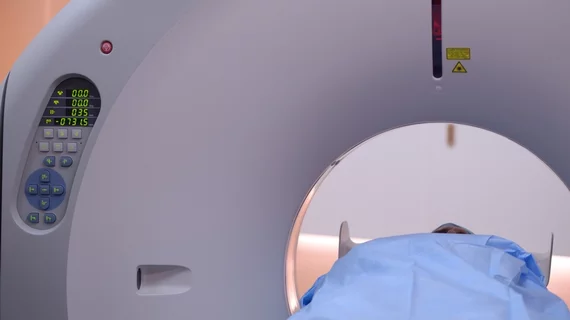Clinical decision-making tool could reduce low-risk CTs by 34%
A decision instrument developed by researchers at the University of California aims to aid physicians with clinical decision-making while reducing pediatric CTs by up to 34 percent, according to work published in the July issue of Academic Emergency Medicine.
The tool, also known as the Pediatric NEXUS Computed Tomography Decision Instrument, can reliably identify blunt trauma patients who would most benefit from CT screening. The tool is highly sensitive, Malkeet Gupta, MD, MS, and colleagues wrote in their study, and prompts healthcare providers to use clinical judgement to identify low-risk patients who might not need imaging at all.
The NEXUS CT DI can also be applied further, Gupta et al. said, to further reduce any planned imaging. The team predicts the instrument could reduce head CT utilization in low-risk pediatric populations by more than a third.
“This study provides another tool in our armamentarium for assessing pediatric patients with traumatic head injury and has the potential to reduce CT utilization,” Joshua S. Broder, MD, commented in a release. Broder, who isn’t linked to the study, is the director of the Emergency Medicine Residency Program and vice-chief for education in the Division of Emergency Medicine at Duke University.
Broder said the tool is progressive—but it isn’t perfect.
“Some elements of the decision instrument are poorly predictive,” he said. “Scalp hematoma alone, for example, does not indicate substantial risk injury.”
He said the process could be improved with some changes in terminology.
“For example, the term ‘high-risk’ may not accurately describe patients who fail one or more measures on the instrument, as the rate of significant head injury in this group was approximately 7 percent,” Broder said of Gupta et al.’s study. “‘Non-low risk’ or ‘intermediate risk’ may more accurately describe some patients who might be safely observed without imaging.”

